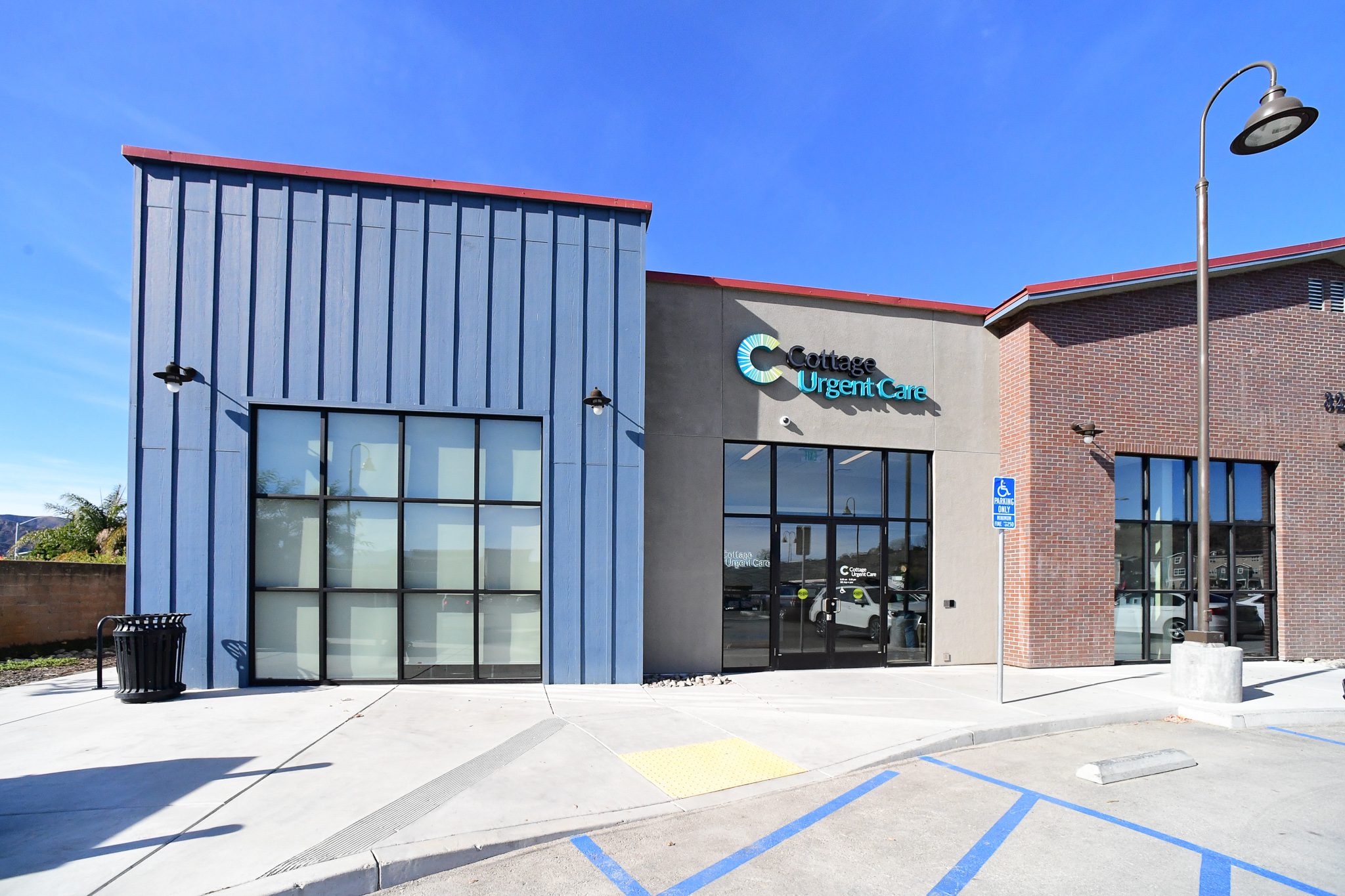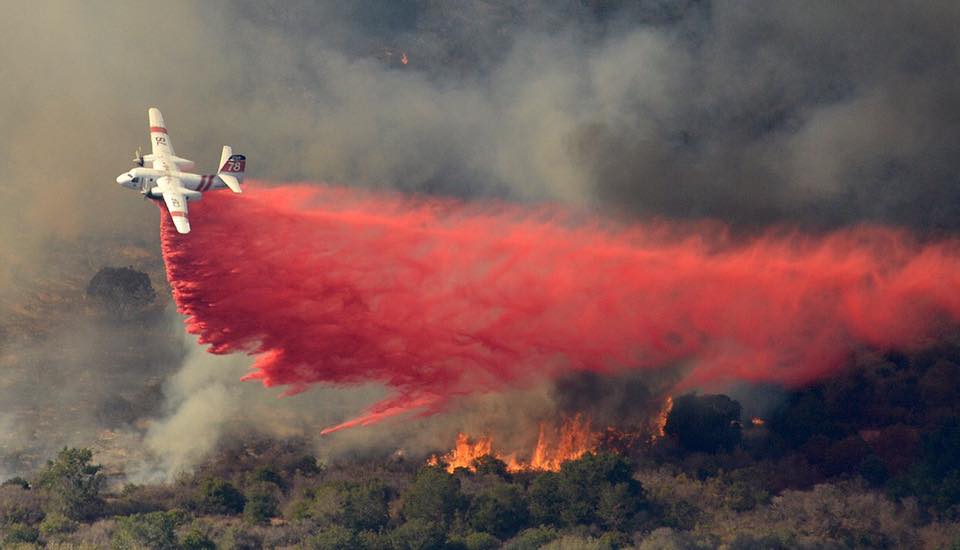By Jade Martinez-Pogue
Noozhawk Staff Writer
Leaders from the Santa Barbara County Fire Chiefs Association came together recently to create three workgroups with the goal of addressing major fire safety concerns on a regional level.
“We came together as fire chiefs and realized that we’re all kind of working on these areas of concerns independently. Unfortunately, when we come up with solutions independently, it puts unintended consequences or impacts on our neighboring jurisdictions,” Mark Hartwig, chief of the Santa Barbara County Fire Department, told Noozhawk. “Greg Fish (Carpinteria-Summerland Fire chief) thought, ‘Why don’t we just get our staffs together and identify the fire and life safety issues and see if we can address them regionally?’ That way we have a regional set of standards that we can take back to policymakers.”
Fish told Noozhawk: “I tried to come up with an idea where we have all of the people representing these different agencies come together and come up with solutions.”
After collaborating with community members, stakeholders and the various fire departments, the fire chiefs association identified three main issues to tackle: access and parking at county trailheads and beaches, dispersed camping, and fires and other safety issues associated with homeless encampments.
“We’ve found that the more closely we work together on common issues, the easier it is for everyone involved because the communities are so intertwined,” Kevin Taylor, chief of the Montecito Fire Protection District, told Noozhawk.
Taylor is leading the workgroup focused on trailhead access and parking. Rob Hazard, division chief for Santa Barbara County Fire, is heading the dispersed camping workgroup, and Carpinteria-Summerland Fire Marshal Rob Rappaport is overseeing the homeless encampments group.
“The goal of the task force is that the three groups will present recommendations, provide them to the county chiefs, and then forward them to the respective elected bodies,” Hazard said.
The workgroup started more centered on homeless encampments and concerns about the associated fire risks they pose, according to Hazard. From Jan. 1 through Dec. 1 last year, the county fire department responded to 45 calls related to fires at homeless encampments, Hazard said, and 12 of those incidents were wildfires.
As the fire chiefs looked deeper into that issue, they began to notice some spin-off into other related issues of importance, Hazard said.
Dispersed camping was a nexus to the homeless encampment issue, as a lot of residents began to notice a big increase in overnight camping on the side of the road, he added. The Cave Fire of 2019 was human-caused, and the use of campfires in the mountains pose an extreme fire risk.
Because most of the dispersed camping happens on national forest public land, county fire services don’t have enforcement authority. The camping workgroup is meeting with Los Padres National Forest staff to figure out how they can collaborate together, Hazard said.
“Part of these workgroups is identifying who has the authority to carry out regulations and what options are available to that stakeholder group,” he added.
Segueing from dispersed camping, the overcrowded parking at county trailheads and beaches was the third issue identified. With the increased use of the trailheads, access to the mountains becomes more restricted, which can pose a problem for the fire departments in the face of an emergency.
“Right now, we’re in the discovery stage,” Taylor said. “We have information from community members, fire marshals and other stakeholders, and now we’re putting those together and checking in with the agencies responsible for implementation.”
In early February, the workgroups will regroup and bring back objectives based on the three priorities to provide possible recommendations for the respective elected officials or agencies, Fish said.
“It’s a work in process, but it will really bring clarity as it relates to public safety,” he added. “We need to deal with these issues so that people don’t die, get severely injured or create a greater hazard. That’s unacceptable.”
Hartwig said: “This will at least give us a uniform set of recommendations in the sense that the same actions we take in one jurisdiction would ideally be standard across others. That way we wouldn’t have those unintended consequences.”
Noozhawk staff writer Jade Martinez-Pogue can be reached at jmartinez-pogue@noozhawk.com.








